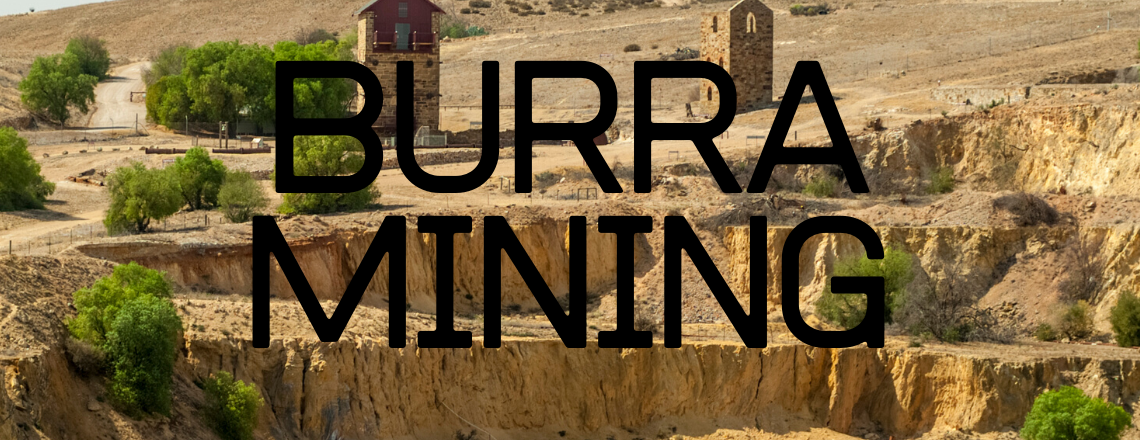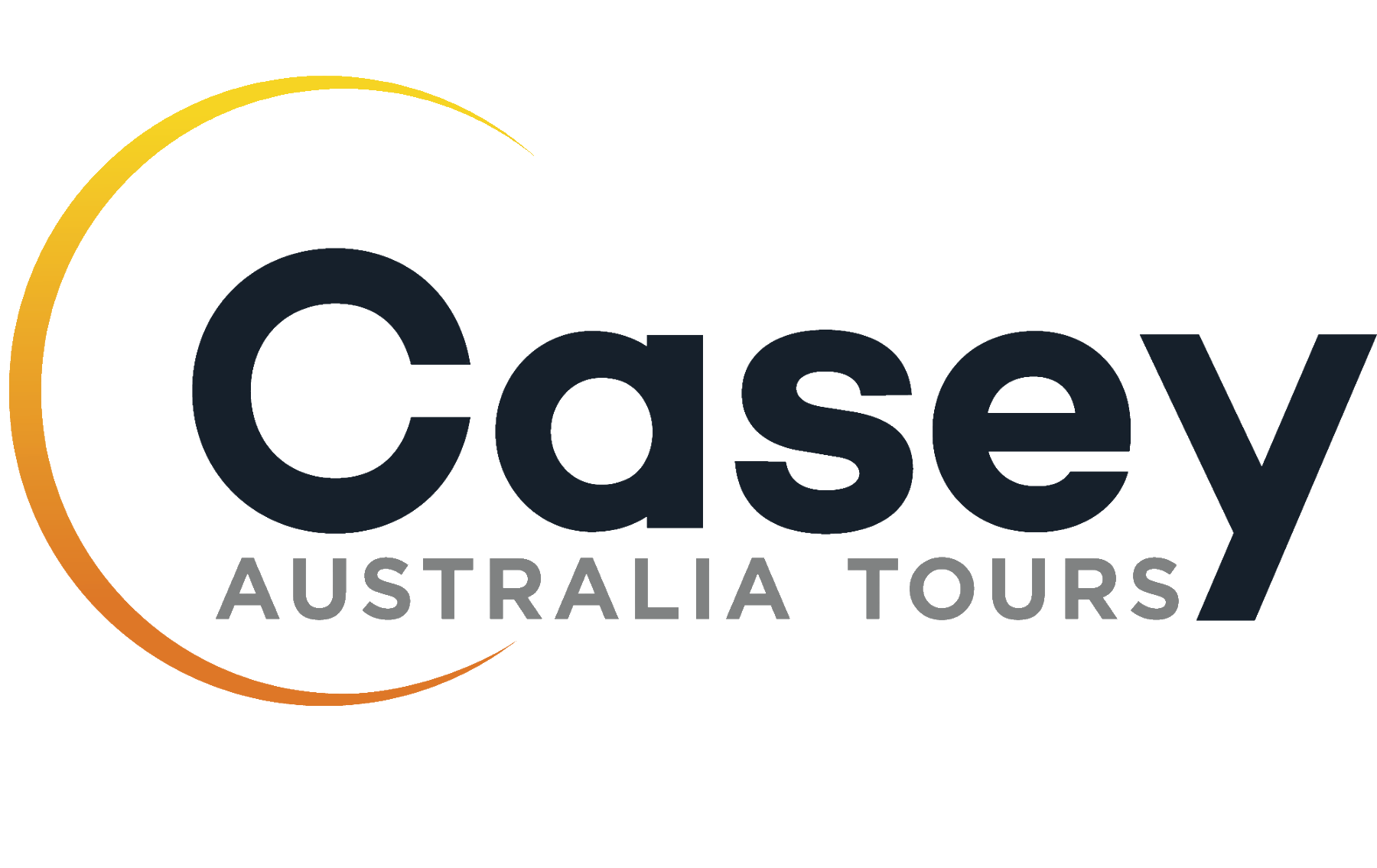
Burra Mining
There is considerable disagreement about the origin of the word “burra”. Some sources claim that it comes from a Hindustani expression “burra burra” meaning “great great” and was used by shepherds who came from India to work in the area. Others claim that it is a very common Aboriginal root which appears in words like kookaburra and Tibooburra. And another interpretation is that Burra Burra was used by miners from Devon.
After Kapunda, Burra is the earliest mining and industrial town to be established in Australia, copper having been discovered in 1845 and mined from that year.
Two shepherds, Thomas Pickett and William Streair simultaneously discovered copper in two localities near the Burra Burra Creek in 1845. Revealing their lodes to two rival companies proved costly for the shepherds with both of them, only receiving a few miserable pounds.
Two mining syndicates, Nobs and Snobs, were quickly established and each applied to the government to buy the land, at a cost of twenty thousand pounds.
Upon purchase the two syndicates drew lots for the land. Fortune favoured the Snobs, who drew Pickett’s northern half, while the Nobs’ mine was less profitable and their half was sold as grazing land in 1851.
Miners were brought to Australia from Cornwall to work the Snobs’ Burra Burra ‘Monster Mine’. Today, you can still visit the huge open cut copper mine which was so productive it ensured the town’s continuing existence. The site offers excellent views from the platform at the Lookout and there are boards with extensive information and important historic photographs about the mines.
A notice at the entrance to the site announces: “The Burra Mine Open Air Museum has been developed to conserve the history and extensive remains of the Burra Mine. The Burra Mine, which operated between 1845 and 1877, was once the largest in Australia. In total it produced 50,000 tonnes of copper and is credited with saving the young state of South Australia from bankruptcy.
The Cornish miners, however, set up their own township by the creek, digging their homes from the soft clay on the banks. The 1851 census recorded that about 1800 men, women and children, lived in tiny dugouts in the banks of the Burra Creek known as ‘Creek Street’ and its tributaries. These primitive dugouts were built in the 1840s as basic accommodation for the miners who came to the diggings. They are extraordinary reminders of the hardship which was part of early life at Burra.
The town’s population at the time was 4,400. Although some were fitted out with comforts such as carpets and wooden doors, of these, one-third were children under the age of 14 and the unsanitary living conditions contributed to outbreaks of smallpox and typhoid fever, eventually forcing them out of their homes and the Cornish community subsequently moved to the government township of Redruth. During 1851 alone there were 153 deaths in Burra, many of them young children in the dugouts.
Burra’s Redruth Gaol, was the first built outside Adelaide. It remained a penitentiary until 1894. It was then converted to a girls’ reformatory and remained as such until the 1920s. The premises were later used at a setting in the filming of the 1979 movie ‘Breaker Morant’.
Burra has survived as one of Australia’s significant historic towns because of its magnificent collection of historic buildings that give an insight into the life and times of Australia’s early settlement.
The copper mine at Burra closed in 1877 after yielding almost 5 million-pounds worth of copper during its operation. Mining ruins remain around the town today. Over time it has evolved into an important rural centre servicing the surrounding agricultural and pastoral holdings and more recently a tourist attraction because of its rich history.
